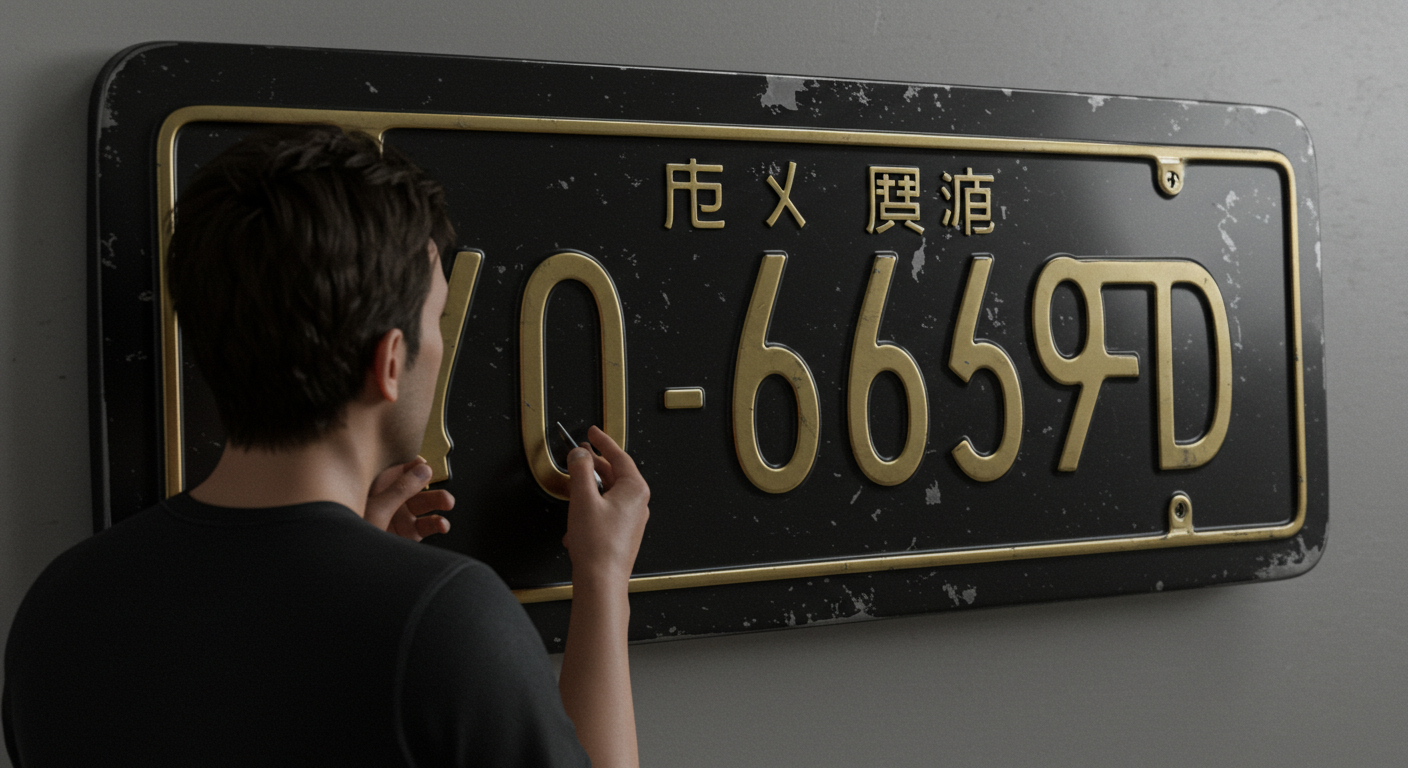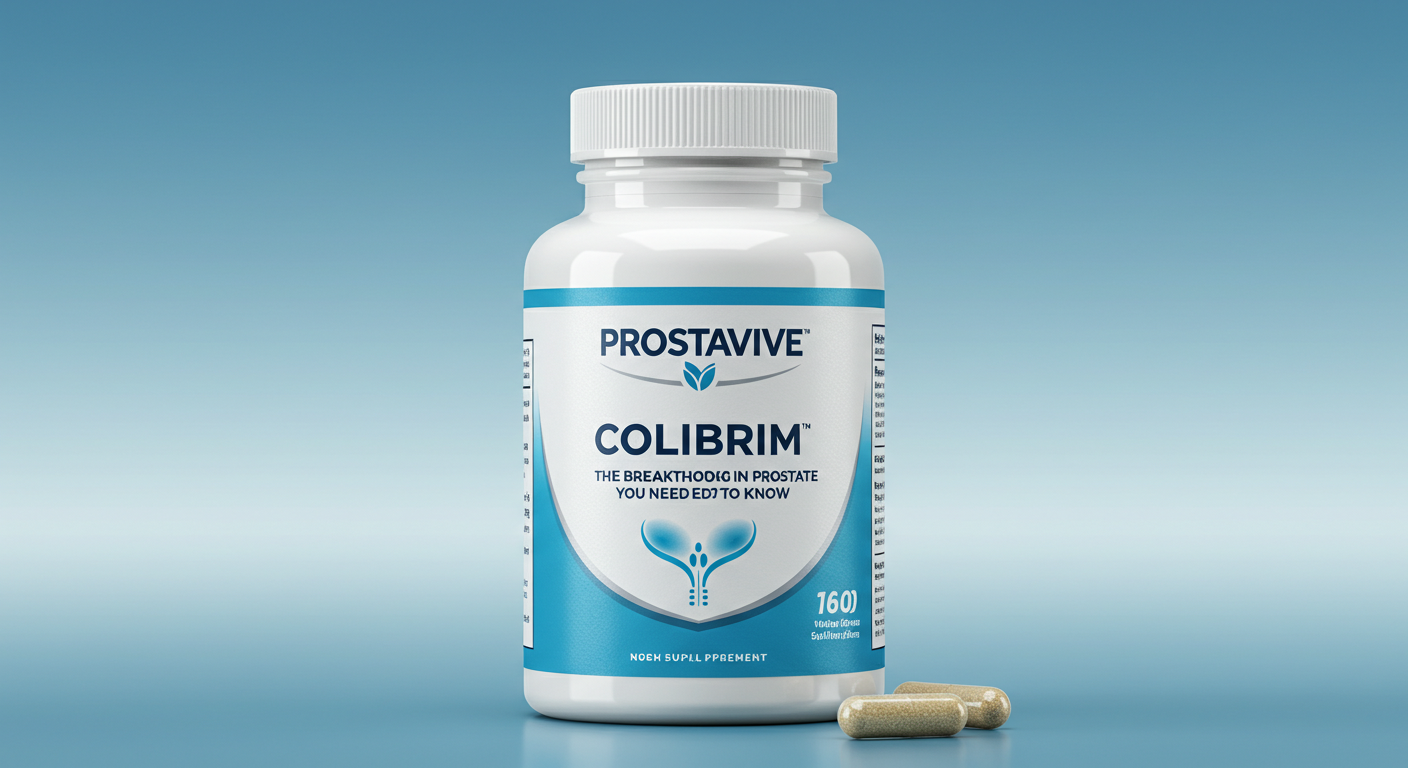Science
Mastering the Concept of Blow Up Ratio in Film Extrusion and Plastic Processing

Introduction
In the world of plastic film manufacturing, the term blow up ratio plays a crucial role in determining the quality and characteristics of the final product. Whether you’re involved in blown film extrusion or simply exploring the science behind plastic production, understanding the blow up ratio is essential. This article provides a comprehensive overview of what the blow up ratio is, why it matters, how it’s calculated, and how it impacts film properties.
What Is Blow Up Ratio?
Definition and Basic Concept
The blow up ratio (commonly abbreviated as BUR) is a key parameter in the blown film extrusion process. It refers to the ratio of the diameter of the inflated film bubble to the diameter of the die used to extrude the molten plastic. Essentially, it’s a measurement of how much the film is expanded or “blown up” during production.
Formula:
Blow Up Ratio (BUR)=Bubble DiameterDie Diameter\text{Blow Up Ratio (BUR)} = \frac{\text{Bubble Diameter}}{\text{Die Diameter}}
For example, if the die has a diameter of 100 mm and the bubble diameter is 250 mm, the blow up ratio would be 2.5.
Importance of Blow Up Ratio in Blown Film Extrusion
Impact on Film Properties
The blow up ratio significantly affects various mechanical and physical properties of the film, including:
-
Tensile strength
-
Thickness uniformity
-
Clarity
-
Shrinkage behavior
-
Barrier properties
By adjusting the BUR, manufacturers can control how the molecules in the plastic film are oriented, which directly impacts strength and flexibility in different directions (machine direction vs. transverse direction).
Optimizing Film Quality
Choosing the right blow up ratio is critical for achieving the desired balance between film strength, clarity, and production efficiency. A higher BUR generally results in greater transverse strength, while a lower ratio enhances machine-direction properties.
How to Determine the Ideal Blow Up Ratio
Factors That Influence Blow Up Ratio
Several variables can affect the ideal blow up ratio for a specific film product:
-
Type of Polymer
Different materials such as LDPE, HDPE, and LLDPE behave differently under expansion. For instance, LDPE can typically handle higher BUR values than HDPE. -
Desired Film Properties
Films requiring high tensile strength across the transverse direction may benefit from a higher BUR. -
Die Design
The geometry of the die and the cooling system impacts how evenly the bubble can be inflated. -
Processing Conditions
Variables like air pressure, extrusion speed, and cooling rate also play a role in determining the ideal BUR.
Common Blow Up Ratio Ranges by Application
| Application | Typical Blow Up Ratio |
|---|---|
| General-purpose LDPE film | 2.0 – 2.5 |
| HDPE shopping bags | 3.0 – 4.0 |
| Agricultural films | 1.5 – 2.0 |
| High clarity films | 2.5 – 3.0 |
These ranges are general guidelines, and exact values may vary based on specific equipment and product requirements.
Advantages and Disadvantages of Different Blow Up Ratios
Higher Blow Up Ratios (e.g., 3.0 – 4.0)
Advantages:
-
Increased transverse strength
-
Improved film clarity
-
Thinner gauge possible
Disadvantages:
-
Greater risk of bubble instability
-
More difficult to control thickness uniformity
Lower Blow Up Ratios (e.g., 1.5 – 2.0)
Advantages:
-
Easier bubble control
-
Better machine direction strength
-
Consistent film thickness
Disadvantages:
-
Limited transverse properties
-
Potential reduction in clarity
Challenges in Controlling Blow Up Ratio
Bubble Stability
Maintaining a stable bubble is essential for consistent blow up ratio. Fluctuations in air pressure, melt temperature, or cooling airflow can lead to inconsistent expansion and poor film quality.
Thickness Variation
Non-uniformity in the blow up ratio can cause thickness variation across the film, affecting product performance and increasing material waste.
Operator Skill and Monitoring
Consistently achieving the target BUR requires experienced operators and real-time monitoring systems. Advanced film lines now use automated sensors to measure bubble diameter and adjust conditions accordingly.
Technological Innovations for Better Control
Automatic Gauge Control (AGC)
Modern film extrusion systems often include AGC systems that adjust the die lip or air ring to maintain a uniform blow up ratio and film thickness across the roll.
Real-Time Bubble Monitoring
Infrared sensors and cameras are used to continuously monitor bubble size and adjust air flow or cooling to ensure consistent BUR, enhancing overall process stability.
Best Practices for Managing Blow Up Ratio
-
Regular calibration of die and measuring tools
-
Consistent material feedstock with minimal contamination
-
Proper training for machine operators on controlling process parameters
-
Routine maintenance of air rings and cooling systems to ensure even air distribution
-
Use of simulation software to model the behavior of materials under different BUR settings
Conclusion
The blow up ratio is a fundamental metric in blown film extrusion that directly influences film quality, strength, and appearance. Understanding how to calculate and control it is key to successful production in the plastics industry. By tailoring the BUR to your specific materials and product goals—and by using modern monitoring technologies—you can optimize your production process for maximum efficiency and product performance.

Science
Doctiplus: A Complete Guide to the Digital Healthcare Platform

In today’s fast-paced world, digital healthcare has become a necessity rather than a luxury. Patients want quick access to doctors, online consultations, and personalized healthcare solutions from the comfort of their homes. This is where steps in as a reliable and advanced healthcare platform. It is designed to bridge the gap between patients and medical professionals, ensuring that healthcare is accessible, efficient, and modern.
Doctiplus has gained attention for its innovative features, user-friendly interface, and ability to provide seamless medical services. From online consultations to appointment booking, it offers an all-in-one solution that simplifies healthcare management.
What is Doctiplus?
Doctiplus is a digital healthcare ecosystem that allows patients to connect with doctors virtually. Unlike traditional hospital visits, it provides remote medical consultations, health record management, and access to healthcare services through a single platform.
Its core purpose is to improve the patient-doctor experience, offering convenience, transparency, and security in every interaction. With Doctiplus, you can:
- Book medical appointments online.
- Access health records securely.
- Consult doctors via video or chat.
- Get prescriptions digitally.
- Receive follow-up care without visiting a clinic.
Features of Doctiplus
Doctiplus stands out because of its comprehensive set of features. Below are some of its highlights:
Easy Appointment Booking
Patients can schedule appointments with their preferred doctors in just a few clicks. This eliminates the need for waiting in long queues.
Virtual Consultations
With secure video calls and chat options, provides instant medical access, especially helpful for those living in remote areas.
Health Record Management
All patient data, medical history, and prescriptions are stored digitally. This ensures accurate follow-ups and efficient treatment plans.
Doctor Profiles and Reviews
Patients can check qualifications, specialties, and reviews before choosing a doctor. This builds trust and ensures transparency.
Secure Payment Gateway
Payments are processed through a safe and reliable system, protecting patient data and transactions.
Why Choose Doctiplus?
The healthcare industry is transforming rapidly, and platforms like are leading the way. The reasons why patients and doctors prefer include:
- Accessibility: Patients can access healthcare anytime, anywhere.
- Affordability: Online consultations often cost less than traditional visits.
- Time-Saving: No need to travel or wait in long lines.
- Reliability: Certified doctors ensure professional and quality service
Doctiplus for Patients
For patients, is not just a healthcare app but a complete health companion. From managing prescriptions to reminders for follow-ups, it takes care of everything.
Benefits for Patients:
- Access to a wide network of doctors.
- Easy prescription renewal.
- Health tips and personalized advice.
- Confidential and secure communication.
Doctiplus for Doctors
Doctiplus isn’t only patient-friendly—it also helps doctors manage their practices more efficiently.
Benefits for Doctors:
- Wider patient reach.
- Digital appointment scheduling.
- Less administrative work.
- Ability to offer consultations from anywhere.
This makes a win-win solution for both patients and doctors.
Doctiplus Pricing and Plans
One of the most important aspects of any digital healthcare platform is pricing. provides flexible plans for individuals, families, and healthcare providers.
Here’s a quick look at a sample pricing structure:
| Plan Type | Features Included | Monthly Price | Annual Price |
|---|---|---|---|
| Basic Plan | Appointment booking, prescription management | $9.99 | $99.99 |
| Premium Plan | Video consultations, unlimited chat support, priority doctors | $19.99 | $199.99 |
| Family Plan | Multiple family profiles, shared health records | $29.99 | $299.99 |
| Professional Plan (Doctors) | Patient management tools, analytics, secure payments | $49.99 | $499.99 |
The flexible pricing makes Doctiplus accessible to everyone, whether it’s an individual user or a large healthcare provider.
How Doctiplus Compares with Other Healthcare Platforms
Doctiplus isn’t the only digital healthcare provider in the market. However, it distinguishes itself with its easy-to-use interface and affordability.
| Feature | Doctiplus | Competitor A | Competitor B |
|---|---|---|---|
| Virtual Consultation | Yes | Yes | Yes |
| Health Record Storage | Yes | Limited | Yes |
| Doctor Reviews | Yes | No | Yes |
| Family Plan Option | Yes | No | Yes |
| Pricing Flexibility | High | Medium | Low |
This table shows why Doctiplus is becoming a preferred choice—it offers comprehensive features at competitive prices.
Future of Doctiplus
The future of healthcare lies in digital transformation, and is perfectly positioned to lead this change. With advancements in AI, telemedicine, and wearable technology, Doctiplus can evolve further by offering:
- AI-powered symptom checkers.
- Integration with wearable devices for real-time health monitoring.
- Personalized treatment recommendations.
- Multilingual support for global users.
As the demand for digital healthcare rises, Doctiplus has the potential to become a global leader in the industry.
Tips for Using Doctiplus Effectively
To make the most of Doctiplus, here are a few simple tips:
- Keep your health records updated regularly.
- Choose doctors with good reviews and ratings.
- Make use of family plans for better healthcare management.
- Utilize video consultations for accurate diagnosis.
- Track prescriptions and set reminders for medications.
Conclusion
Doctiplus is more than just a healthcare app—it is a revolutionary platform that connects patients and doctors digitally. With its wide range of features, affordable pricing, and commitment to making healthcare accessible, Doctiplus is a game-changer in the digital health sector.Whether you are a patient seeking reliable healthcare from home or a doctor looking to expand your practice, Doctiplus provides the tools you need to succeed in today’s digital-first world.By embracing platforms like Doctiplus, we are stepping into a future where healthcare is not limited by geography, time, or traditional barriers.
-

 Business8 months ago
Business8 months agoUnderstanding the Significance of License Plate 鲁Q 669FD
-

 Technology7 months ago
Technology7 months agoIs 8884216488 a Scam? Debunking Common Myths
-

 Technology7 months ago
Technology7 months ago164.68111.161: A Comprehensive Guide
-

 Digital Marketing7 months ago
Digital Marketing7 months agoWepbound: The Future of Digital Connectivity
-

 Entertainment7 months ago
Entertainment7 months agoStreameast: The Best Free Live Sports Streaming Platform in 2025
-

 Crypto7 months ago
Crypto7 months agoCrypto30x.com GG: Is It the Future of Crypto Investment?
-

 Crypto8 months ago
Crypto8 months agoCrypto30x.com AC Milan: A New Era for Fans Through Digital Currency
-

 Technology8 months ago
Technology8 months agoJustin42501: Redefining The Future Of Digital Connection and Growth
-

 Digital Marketing7 months ago
Digital Marketing7 months agoZryly.com Hosting: A Comprehensive Review of Their Its Services
-

 Health & Fitness7 months ago
Health & Fitness7 months agoProstavive Colibrim: Discover the Benefits of Prostate Health